In Japan, both the Gregorian calendar and the traditional Japanese calendar with eras based on the reigning emperors have been used. The period from 1926 to 1989 is called “Showa era” corresponding to the reign of the Emperor Showa.
cocca is a textile store located in Tokyo, and has its own brand fabrics and goods. Among cocca’s unique fabrics, we cover “Showa Retro” collection here. The nostalgic fabrics designed almost 50 years ago have just been revived with different color schemes to accommodate a contemporary lifestyle. The amusing patterns and extraordinary color sense in Showa era inspired cocca to create this collection.
Because of the running pattern of small motifs, “Showa Retro” is great for any project, such as apparel or small items. The pattern also fits anyone regardless of age. Isn’t it fun to dress in matching clothes with your kids?” cocca says.
“Showa Retro” collection consists of a various materials like cotton satin and dobby. You are able to enjoy comparing each texture as well as patterns.
koushi JGC-100 1A, JGC-1001B, JGC-1001C
This is a glossy fabric using cotton satin. The contrast between colors of hand-drawn “koushi” (plaid) and off-white foundation for spring-summer season is outrageous. The classic checkered fabric works well for clothing.

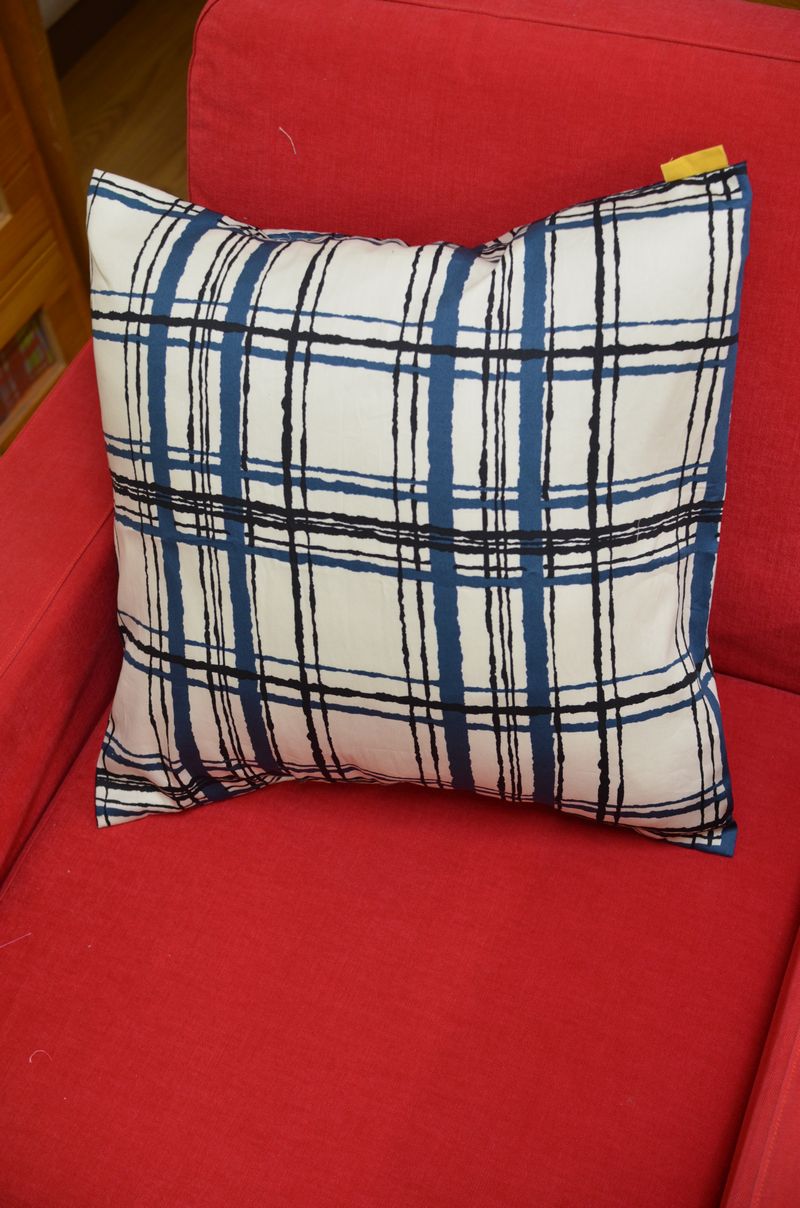
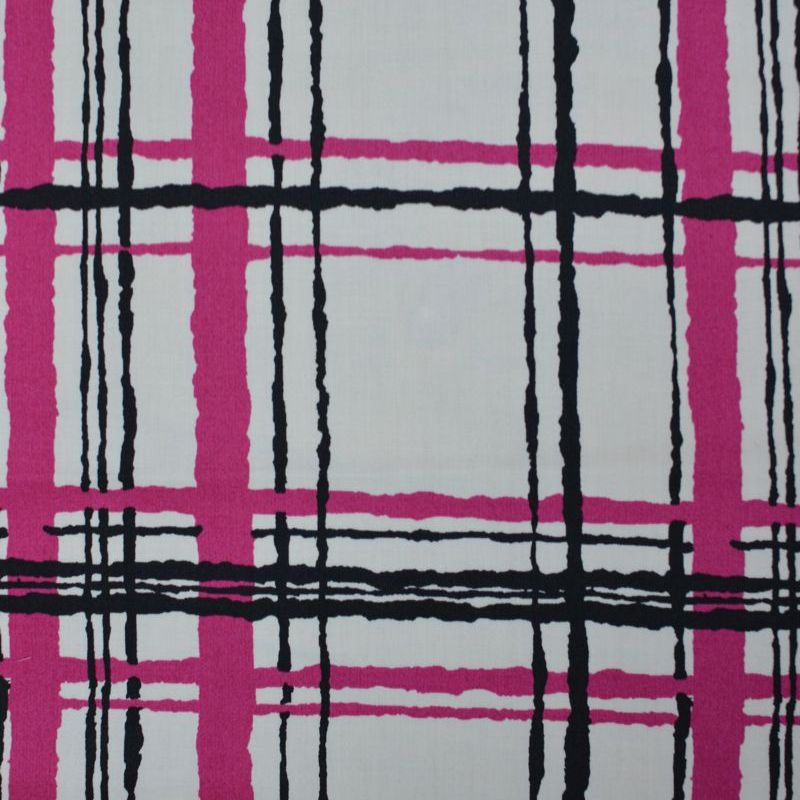

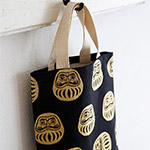 Showa Retro
Showa Retro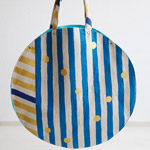 echino 2016 Collection
echino 2016 Collection 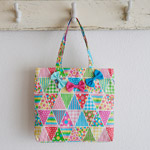 Plump Cheeks ‘70s Retro
Plump Cheeks ‘70s Retro 
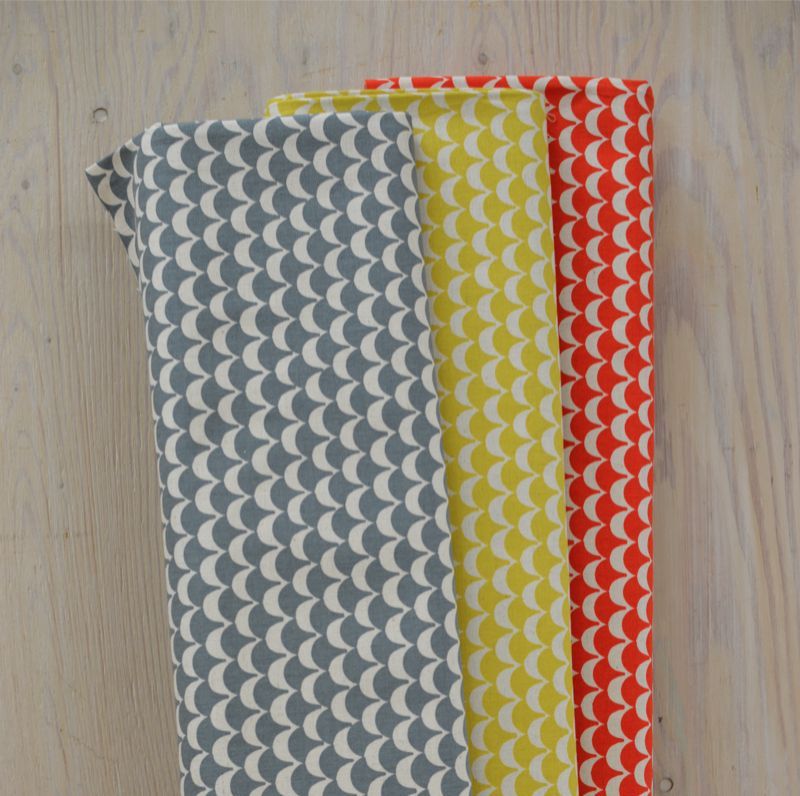
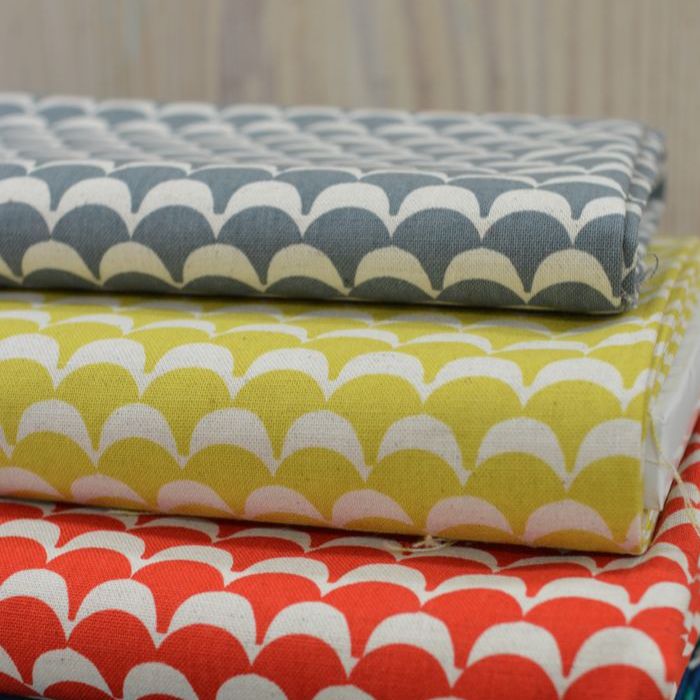

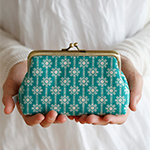 Framework
Framework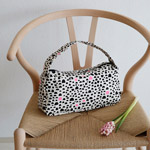 Rough Cut
Rough Cut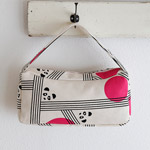 Parallels 2
Parallels 2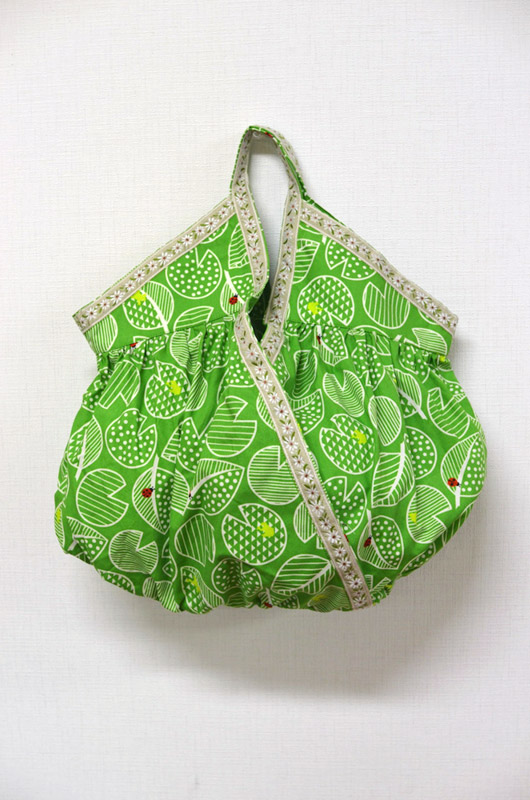

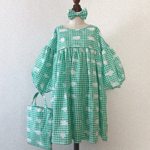 Handmade Kids Clothing – Fluffy Bunny Dress – Sewing Instructions
Handmade Kids Clothing – Fluffy Bunny Dress – Sewing Instructions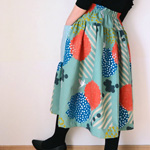 Gathered Skirt with Yoke
Gathered Skirt with Yoke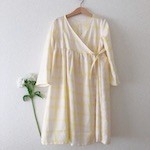 Cache Coeur Wraparound Dress
Cache Coeur Wraparound Dress
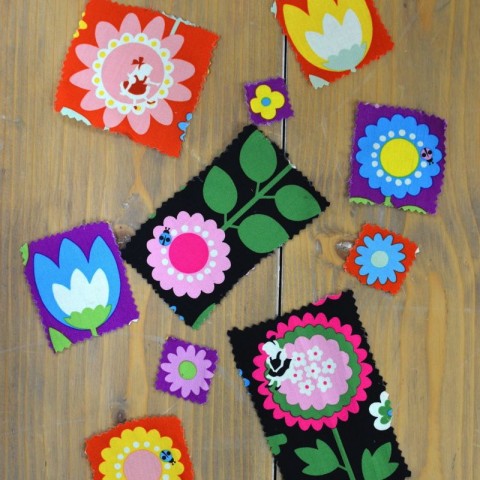
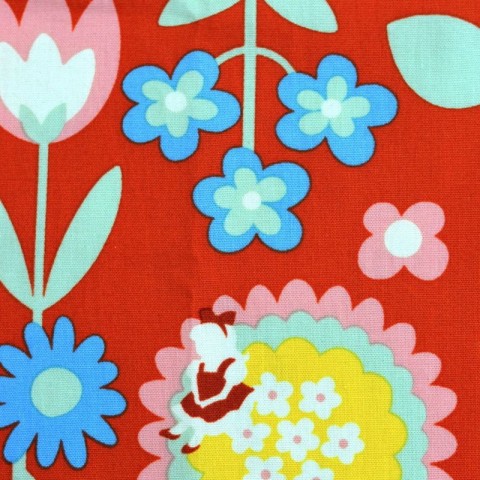

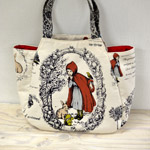 nunokara series #3 Rotkappchen (Little Red Riding-Hood)
nunokara series #3 Rotkappchen (Little Red Riding-Hood)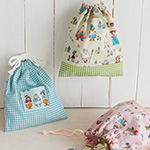 nunokara series #4 – MIMI & NENE
nunokara series #4 – MIMI & NENE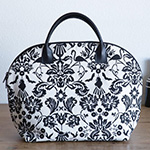 nunokara×Etsuko Furuya
nunokara×Etsuko Furuya
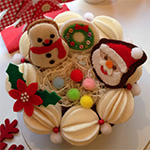 Inspiration 32
Inspiration 32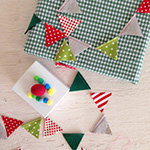 Inspiration file 34
Inspiration file 34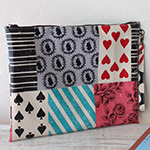 Inspiration file 47
Inspiration file 47